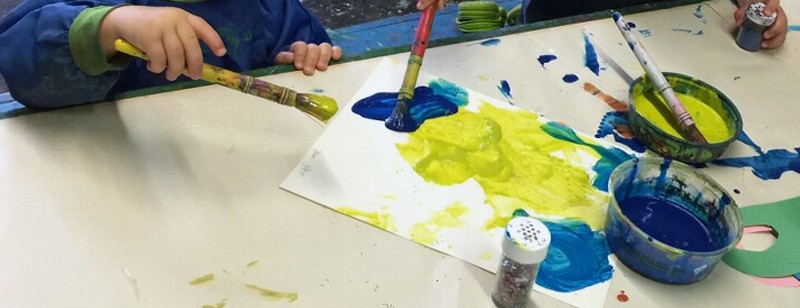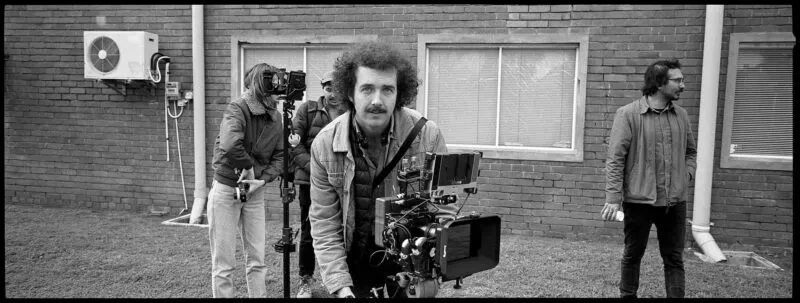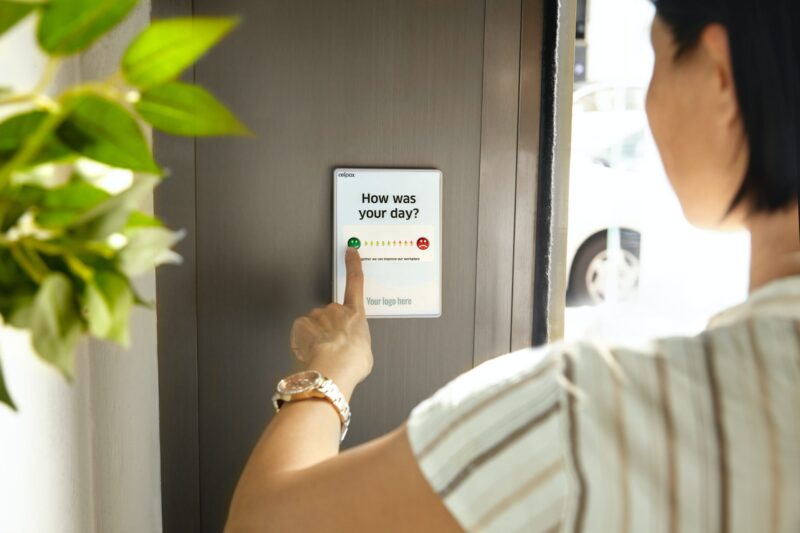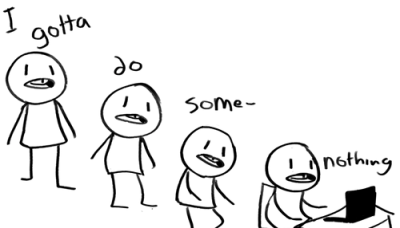Unlocking creative confidence
We all wish to be insightful, yet most are far from any such wisdom. The thing is insight or wisdom is far more complex than it seems. Thinking that does more than state the obvious, what’s on the surface, is rare. The Oxford Dictionary defines insight as ‘the capacity to gain an accurate and deep understanding of someone or something’.
Experience is said to unlock one’s wisdom. IQ (Intelligence Quotient) is said to grow then flatten at around 20 years of age. One’s EQ (Emotional Quotient or Intelligence) is said to plateau in one’s 40-somethings typically. Yet, even such intelligence does not infer true insight or wisdom.
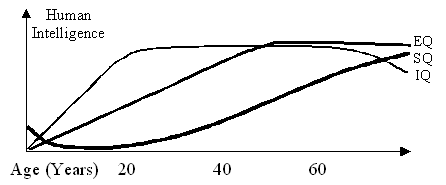
Approaches such as Design Thinking define insight as the intersection between Analytic Thinking (strong evidence) and Intuitive Thinking (sense or feeling). One could infer that evidence based, data driven professions such as market research generally skew towards Analytical Thinking, while professions such as artists or other creative fields such as advertising may be more Intuitive Thinking skewed. Yet, critically, the sweet spot to find ‘insight’ is when analytical and intuitive thinking collide.

Analytical thinking
Using quantitative, qualitative and other research methodologies to come to conclusions
- Deductive reasoning: finding a logically certain conclusion
- Inductive reasoning: supplying evidence for the truth of a solution
Intuitive thinking
Knowing the conclusion without reasoning, as a sense or feeling.
- Abductive reasoning: inference to the explanation without evidence
True insight likely comes from creative solutions able to be replicated, and ideas that are outcome-focused backed by reliable evidence.
The thing is that such thinking might be likened to the challenge of rubbing your stomach in a circle while patting your head – try it now. (If this is easy try the following illustrating how it can be tricky to control one’s brain. Place one hand, palm down, on the desk or table. Practice lifting and tapping 2 fingers at a time… there are 10 different 2-finger combinations.)
Some may find being analytical and intuitive as similarly complex – left brain and right brain thinking coming together. Likely some will excel at one more so than another, our innate thinking, talents and comfort. Hence why finding the analytical + intuitive insight sweet spot is challenging.
For many they are not creatively confident. They are no artist, they rely on others to bring the creative intuitiveness, to find the insight sweet spot.
Yet, as IDEO’s David Kelly noted in his 2012 TED Talk ‘How to build your creative confidence’ – creativity is not the domain of only a chosen few.
“People from all different kinds of disciplines, they think of themselves as only analytical. And they come in and they go through the process, our process, they build confidence and now they think of themselves differently. And they’re totally emotionally excited about the fact that they walk around thinking of themselves as a creative person. ”
David Kelly
Surely the power and impact from researchers and other analytically trained and comfortable professionals comes from unlocking their creative confidence, the intuitive side of their mind. Bringing that replicability and evidence based reliability on which analytical thinkers thrive, yet critically unlocking the sometimes hidden creative thinking in us all. The ability of humans to abstract, “to take disparate information from all different kinds of places and make connections that seem completely big jumps.”
“Humans are really excellent at context and extrapolations. The big difference is abstraction, humans abstract. We’re able to take disparate information from all different kinds of places and make connections that seem completely big jumps. They are to do with a really interesting mixed bag of context and experience and imagination, and creativity. Which turns on multiple parts of our brain at once.”
Dr Fiona Kerr on Real People
Without such left-right, analytical-intuitive creative thinking opportunities will be missed and unnecessary mistakes made. Much of this comes back to remaining creatively confidence, to unlock their artist. It is too easy undersell one’s creative potential to combine seemingly opposite thinking.

It is in many ways easier to slip into our comfort zone. Yet, with a willingness to accept creative vulnerability, to push one’s creative limits and to not fear of being judged this is where the best innovation will come.
“So I’ve been looking at this fear of judgment that we have, that you don’t do things, you’re afraid you’re going to be judged.”
David Kelly
Even deeply fearful people can become creatively confident. As Kelly noted, approaches such as that of psychologist Albert Bandura’s ‘guided mastery’ help people towards self-efficacy to overcome fears to have less anxiety and step beyond their comfort zones, including being creative.
Bandura’s work on self-efficacy was applied to snake phobia, yet Kelly views that a similar process can help overcome fear associated with being creative. Essentially, in creating work cultures in which team members feel safe, and are encouraged to touch their creative fears and overcome them.

https://www.creativeconfidence.com
